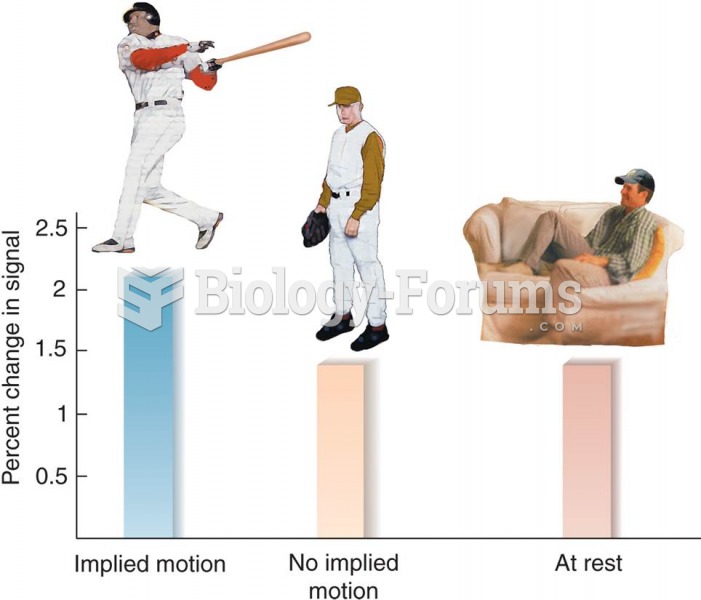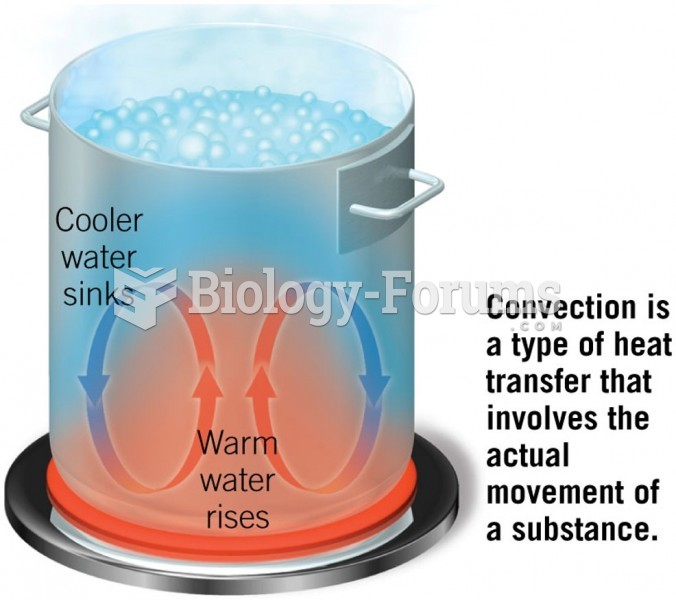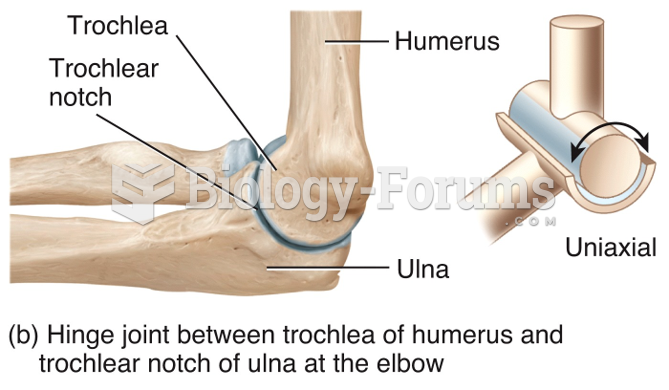Answer to Question 1
Plate tectonics is a grand theory that helps us to understand earthquakes and volcanic activity, and is key to understanding the geographic distribution of present-day biota. The lithosphere can be visualized as huge slabs of rock floating on an elastic layer beneath. This is much like crackers floating next to each other in a bowl of soup. These slabs of rock are called tectonic plates. Some fourteen major plates and a few minor ones make up the lithosphere. Within Earth's semi-molten interior, hot material rises toward the surface and spreads out at some locations, while cooler material sinks toward the interior at other locations. Riding atop these convection currents, the plates move slowly, but inexorably, with respect to one another. The spreading process of the past 225 million years has brought the continents to their present positions. It also accounts for the other interactions between tectonic plates. In addition to the periodic catastrophic destruction that may be caused in localized regions by earthquakes and volcanic eruptions, tectonic movement may gradually lead to major shifts in climate in three ways. First, as continents gradually move to different positions on the globe, their climates change accordingly. Second, the movement of continents alters the direction and flow of ocean currents, which in turn have an effect on climate. Third, the uplifting of mountains alters the movement of air currents, which also affect climate. We find every region on Earth occupied by well-adapted living organisms, so it is clear that they have been able to evolve, undergo speciation, and adapt to these geological changes. We can understand the present-day distribution of plants and animals only in light of continental drift and plate tectonics.
Answer to Question 2
As selective pressures select from new, randomly generated and existing mutations, new species are possible. It is also possible to obtain two or more species from one. Two prerequisites are necessary for this to occur. First, reproductive isolation is necessary. Reproductive isolation is a result of some physical factor resulting in two or more populations being isolated from each other such that they are unable to interbreed. The second necessary factor is that the different subpopulations must be exposed to different selective pressures. If the selective pressure results in sufficiently different characteristics, then the subpopulations will not be able to interbreed even if they are in contact later.
Speciation is the creation of new species in one of two ways: the infusion of new variations from mutations and the pressures of natural selection serve to adapt a species to the biotic community and the environment in which it exists or a species . . . separates into smaller populations that do not interbreed with one another. Both of these processes increase biodiversity. Although it can be difficult to imagine, overwhelming evidence from today and patterns from the past inform us that the present array of plants, animals, and microbes has developed through evolution over long periods of time and in every geographic area on Earth. This is the source of our current biodiversity.







